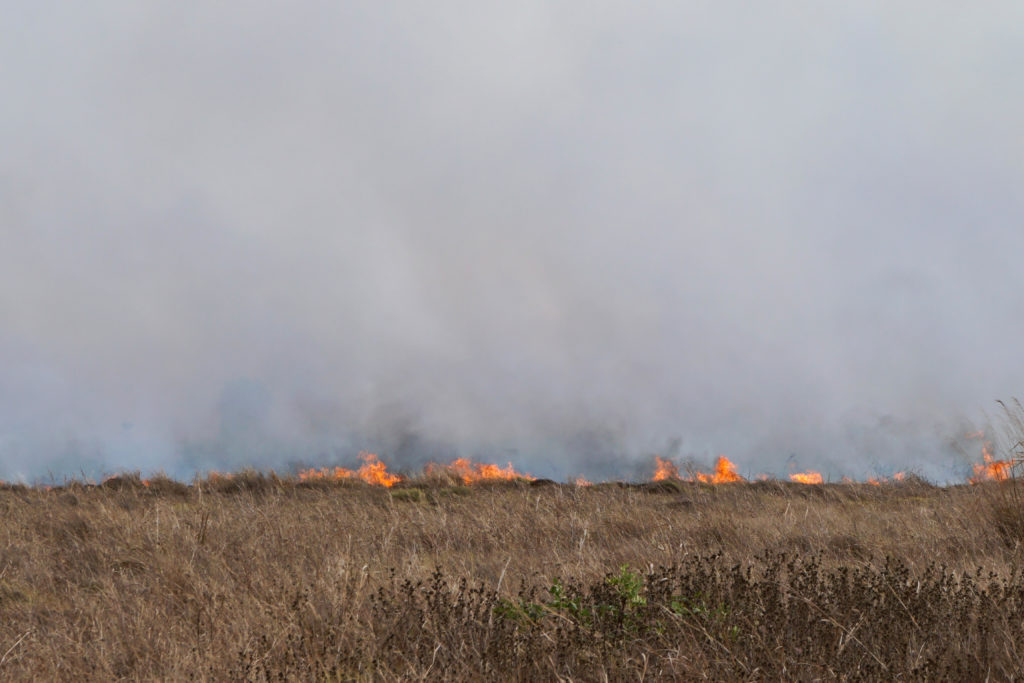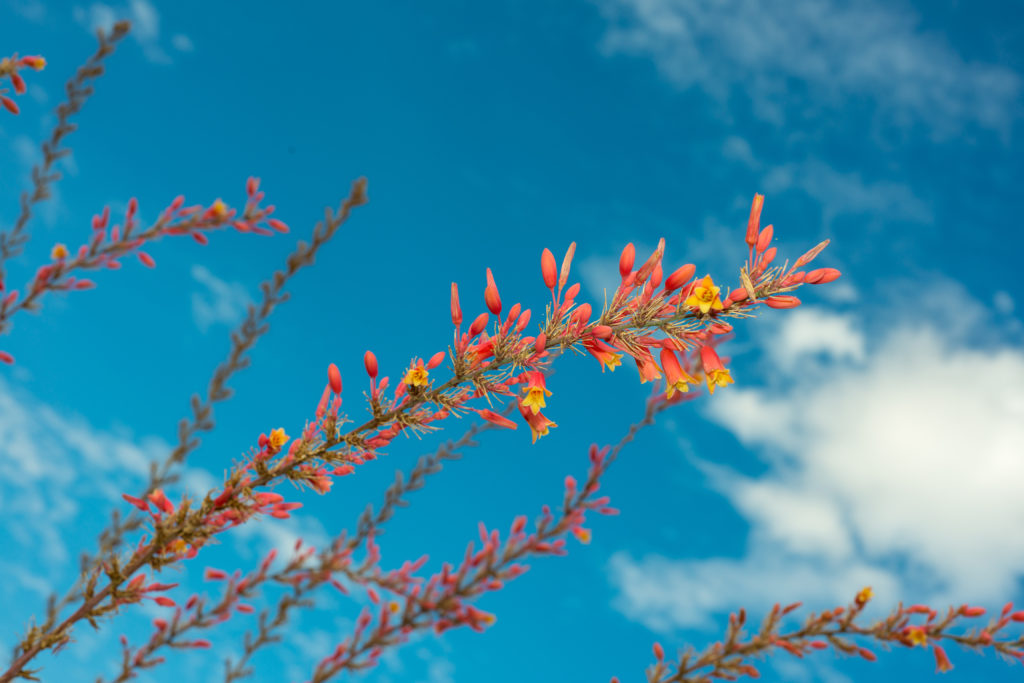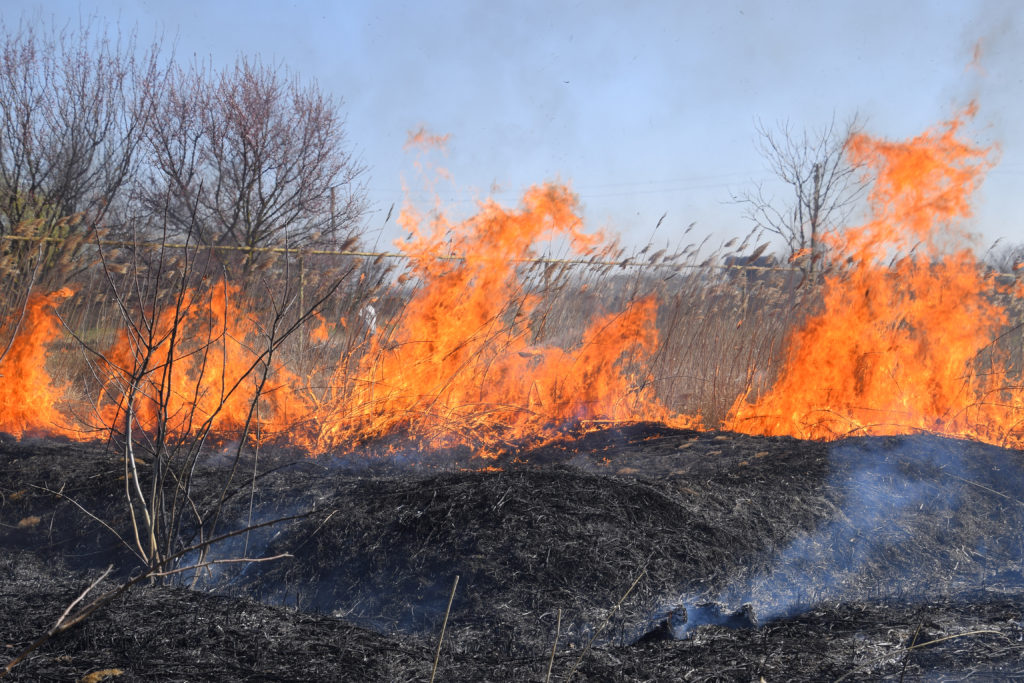Your Guide to Texas Wildfires
Wildfires are becoming more prevalent throughout the state. In fact, they’re becoming an inevitability in some areas, as 80% of wildfires occur within two miles of a community, according to Texas A&M Forest Service.
What Is a Wildfire?
A wildfire is an unplanned, unwanted fire that burns in natural areas, including grasslands and prairies. While these fires can ignite from natural causes such as lightning strikes, 89% were caused by humans between 2017 and 2021, according to a 2022 report by the nonpartisan Congressional Research Service.
Many Texans are familiar with controlled burns, also known as prescribed burns. While these fires mimic wildfires, the two differ. Controlled burns are strategically designed by certified fire experts to remove dead grass and plants that have accumulated over recent years. These burns stimulate new growth, help control invasive species, and even lower the risk of wildfires by reducing the amount of flammable fuel.

Wildfire Risk Is on the Rise
Wildfires aren’t just isolated problems for states such as California and Colorado anymore. Last year, Texas experienced more than 5,500 wildfires and had the second-highest wildfire risk in the nation with more than 700,000 properties estimated to be at high or extreme risk, according to the Insurance Information Institute. Nearly 170,000 acres were burned by wildfires throughout the state by the end of 2021.
As the weather and climate changes, Texas’ risk for wildfires will increase, according to a 2021 report from the Office of the Texas State Climatologist at Texas A&M University. First responders in some regions of the state say they’re already seeing more destructive wildfires with more frequency.
How to Prepare Your Property for Texas Wildfires
While it’s hard to determine when or if a wildfire will threaten your property, there are ways you can prepare. Some of these advised preparations are helpful to your home outside of wildfire prevention, too, especially if you live in an area prone to wildfires.
- Create a 30-foot “shield” around your home. Add noncombustible materials, such as gravel, to your landscaping. Include a few fire-resistant, Texas-native plants, such as red yucca.
- Fortify your roof. Because of its size and orientation, your roof is most at risk in a wildfire. Consider installing a Class A fire-rated roof or noncombustible coverings.
- Keep on top of annual home maintenance. Make sure your gutters are free of debris. Wind-blown embers can land on debris and ignite a fire.
- Install visible street signs and address numbers. In the event of an emergency, you want to ensure that first responders can find your home.
Learn more ways to prepare your home against the threat of wildfires from the National Fire Protection Agency and the Federal Emergency Management Agency.

Make Sure You’re Covered
Taking time to review — and update — your insurance coverage is just as important as the physical updates you make to your property. Your Texas Farm Bureau Insurance Agent can review your coverage with you to ensure your home and assets are covered in the event of a wildfire or any other mishap.
This is especially important for policyholders living in rural, drought-prone areas. It can sometimes take fire departments and volunteer fire departments several minutes to get to homes in rural areas. “A lot can happen in that time,” says Meredith Campbell, a Texas Farm Bureau Insurance Agent in Plainview.
Depending on your assets, Campbell says adding an inland marine policy to your coverage could be beneficial in the event of a wildfire. There are coverage limits with a homeowners policy, so this type of policy can help “expand” your coverage, protecting just about anything of value, ranging from wedding rings to lawn equipment.
Campbell advises policyholders to prepare a list, or take photos, of their home’s contents. “You have a lot more stuff than you think you do,” Campbell says.Documenting your belongings can help ease your mind should you need to file a claim.
What to Do If Your Property Is Impacted
If a wildfire spreads close to your property, Campbell advises you to call your Agent. “You have no idea what could be damaged,” she says. “If it’s close enough to where you think we need to come on out and take a look, then give us a call.”
Even if the structure of your home remains intact, smoke and water damage can render your home unlivable while repairs are being made. That’s where additional living expenses coverage on your homeowners policy kicks in. This can provide funding for a hotel stay if your home is temporarily uninhabitable.

Get Ahead of the Curve
Campbell stresses the importance of connecting with your Agent before you’re staring down the threat of a wildfire. That way, you have a better understanding of your coverage, its limits, and your assets.
Another vital way to ensure you have the right coverage is through a 360 Review. “When your Agent calls and wants to do a 360 Review, do not turn them down,” Campbell says. “There are so many important things that we want to discuss with you. … Your Agent is there to help you. They’re asking tough questions, and they are digging deeper so that they can find the right policies for you. It’s not just about them being nosy or them trying to sell you something.”
The Value of an Agent
Fires of any kind, from wildfires to house fires, can be stressful, unpredictable events. Campbell understands this all too well, having experienced a fire event a few years ago. “Having that Agent you can call or text and say, ‘hey, this is going down,’ can ease your mind,” Campbell says. “Just having somebody there who’s like, ‘I’m calm, and I can take care of this for you, so you go be with family.’”
Give your Texas Farm Bureau Insurance Agent a call today to make sure you have the coverage you need to protect your home from Texas wildfires.
© 2022 Texas Farm Bureau Insurance



